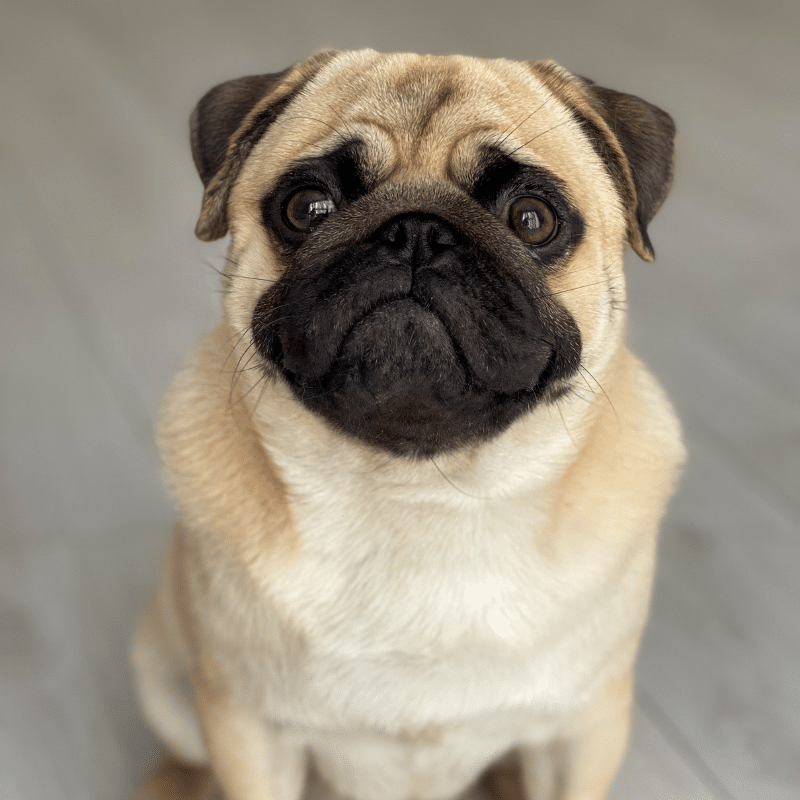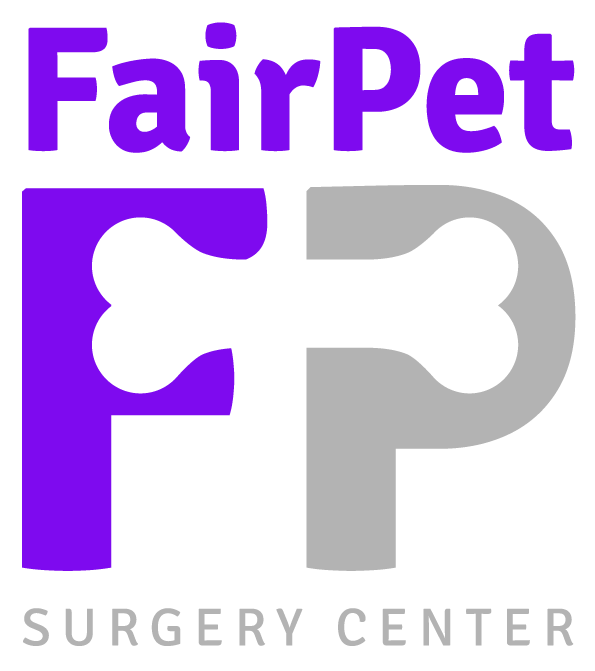Brachycephalic Airway Correction in Braselton, GA
Brachycephalic breeds—like Bulldogs, Pugs, and French Bulldogs—often face breathing difficulties due to their unique facial structure. These airway issues can cause chronic discomfort and affect your pet’s overall quality of life. Brachycephalic airway correction surgery is designed to relieve airway obstruction and improve breathing. At FairPet Surgery Center in Braselton, GA, we provide expert surgical care to help your flat-faced companion breathe easier and enjoy a healthier, more comfortable life.
What is Brachycephalic Airway Syndrome?
Brachycephalic Airway Syndrome is a group of respiratory problems commonly seen in short-nosed dog breeds. These pets have narrowed nostrils, an elongated soft palate, and other structural features that make breathing difficult. Symptoms may include noisy breathing, snoring, coughing, exercise intolerance, and in severe cases, collapse due to lack of oxygen. Early diagnosis and treatment are essential to prevent complications and improve your pet’s quality of life.

How Does the Surgery Help?
The goal of brachycephalic airway correction surgery is to remove or reduce the anatomical obstructions that interfere with normal airflow. Procedures may include widening the nostrils (stenotic nares correction), shortening the soft palate, and removing everted laryngeal saccules if necessary. By addressing these issues, the surgery helps your pet breathe more easily, reduces strain on their heart and lungs, and decreases the risk of heatstroke and respiratory distress.
What to Expect Before and After Surgery
Before surgery, your pet will undergo a thorough examination, including airway assessment and possibly imaging to determine the extent of airway obstruction. Our team will discuss the procedure, risks, and post-operative care with you in detail. After surgery, pets typically require close monitoring to ensure a smooth recovery. Most pets show significant improvement in breathing and activity levels once healed.
Brachycephalic Airway Correction
Add-On Procedures
(Over 90 lbs)
(Includes sedation, Xrays, and interpretation.)
cefpodoxime or enrofloxacin (only if recommended)
carprofen or onsior (only if recommended)
If recommended.
If recommended
Veterinary Services
Pet Stomach
This is a routine prophylactic procedure to tack the stomach to the abdominal body wall. This is done to prevent flipping and twisting of the stomach, which can lead to life-threatening gastric dilatation and volvulus (GDV). GDV is a common cause of death in large breed dogs (usually giant breed, deep-chested dogs, i.e. Great Danes, Mastiffs, Great Pyrenes, German Shepherds, Afghan hounds). This is often done alongside a neuter or a spay.
GDV surgery is an emergency procedure that must be performed within 1-4 hours of a GDV taking place. It involves surgical abdominal exploration, decompressing and deflating a severely air-distended and twisted stomach, followed by gastropexy (taking the stomach to the abdominal wall).
Add-On Procedures
(Over 90 lbs)
(Includes sedation, Xrays, and interpretation.)
cefpodoxime or enrofloxacin (only if recommended)
carprofen or onsior (only if recommended)
If recommended.
If recommended
